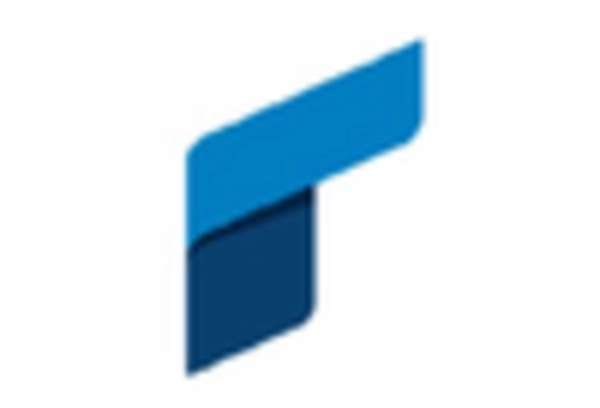Regulatory Changes and Compliance
The ammunition market in Europe is currently influenced by evolving regulatory frameworks that govern the production, distribution, and sale of ammunition. Stricter compliance requirements are being implemented to enhance safety and security, which may lead to increased operational costs for manufacturers. For instance, the European Union has introduced new directives aimed at standardizing ammunition safety protocols. This regulatory landscape compels companies to invest in compliance measures, potentially driving up prices. Furthermore, the need for certifications and adherence to environmental standards may reshape the competitive dynamics within the industry, as firms that can efficiently navigate these regulations may gain a competitive edge.
Civilian Demand and Recreational Shooting
The ammunition market in Europe is also shaped by the growing interest in recreational shooting and hunting activities among civilians. This trend appears to be fueled by an increasing number of shooting clubs and outdoor sports events, which have gained popularity in recent years. According to industry estimates, the civilian segment accounts for a notable share of the overall ammunition consumption in Europe, with a projected growth rate of around 5% annually. As more individuals engage in shooting sports, the demand for various types of ammunition, including non-lethal options, is likely to rise, presenting manufacturers with new market opportunities.
Technological Innovations in Manufacturing
Technological advancements in manufacturing processes are playing a crucial role in shaping the ammunition market in Europe. Innovations such as 3D printing and automation are enabling manufacturers to produce ammunition more efficiently and cost-effectively. These technologies may lead to reduced production times and lower costs, which could enhance competitiveness within the industry. Furthermore, the integration of smart technologies into ammunition design is expected to drive demand for high-performance products. As manufacturers adopt these innovations, they may be better positioned to meet the evolving needs of both military and civilian customers, thereby influencing market dynamics.
Defense Spending and Military Modernization
In Europe, the ammunition market is significantly impacted by rising defense budgets and military modernization initiatives. Countries are increasingly allocating substantial resources to enhance their military capabilities, which includes upgrading ammunition stockpiles. For example, NATO member states have committed to increasing their defense spending to meet the alliance's target of 2% of GDP. This trend is likely to result in heightened demand for advanced ammunition types, including precision-guided munitions. As nations prioritize modernization, the ammunition market may experience growth driven by government contracts and procurement activities, creating opportunities for manufacturers to expand their product offerings.
Geopolitical Tensions and Security Concerns
Geopolitical tensions in Europe are contributing to an increased focus on national security, which in turn is impacting the ammunition market. Heightened concerns over regional conflicts and terrorism have prompted governments to bolster their defense capabilities, leading to a surge in ammunition procurement. For instance, countries facing security threats are likely to increase their stockpiles of ammunition, thereby driving demand. This trend suggests that the ammunition market may experience growth as nations prioritize security measures. Additionally, collaborations between governments and defense contractors could further stimulate market activity, as strategic partnerships are formed to address emerging security challenges.


















Leave a Comment